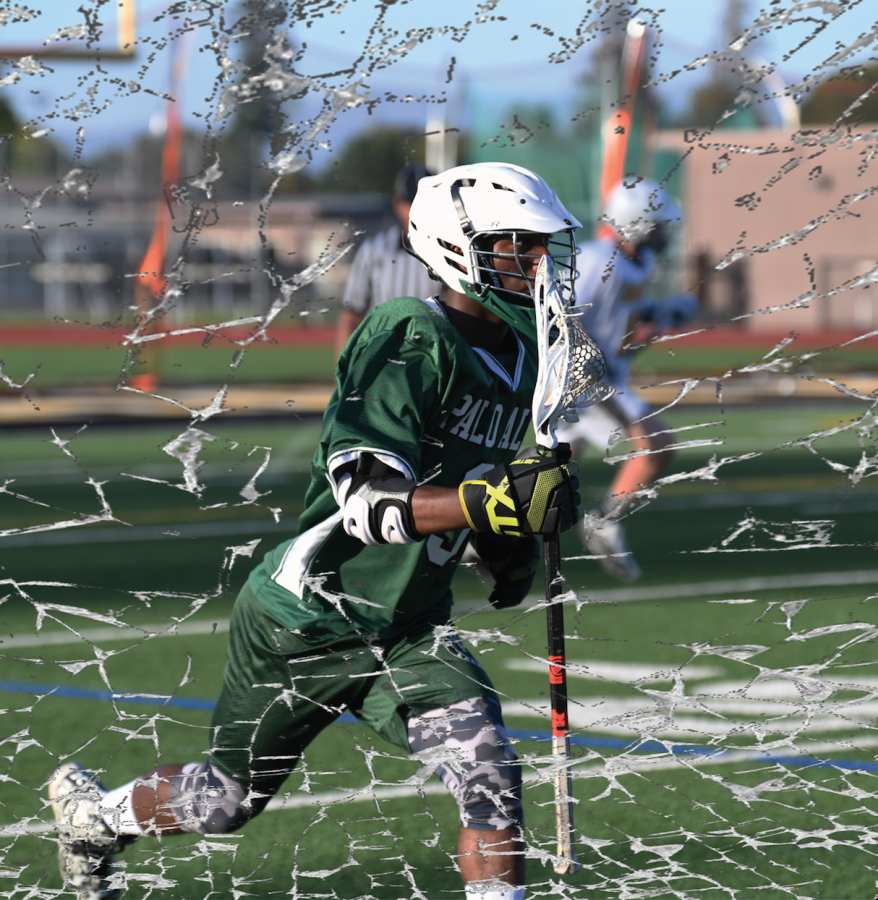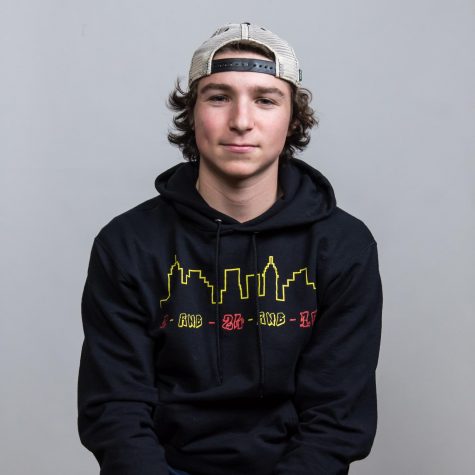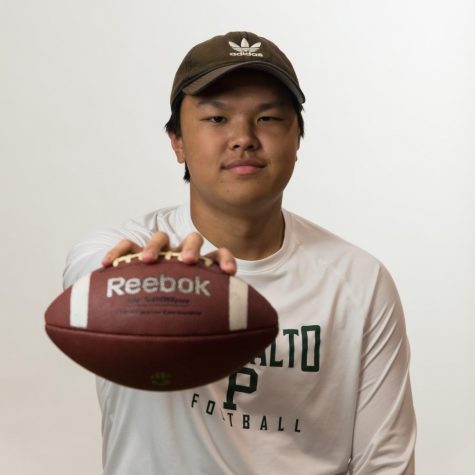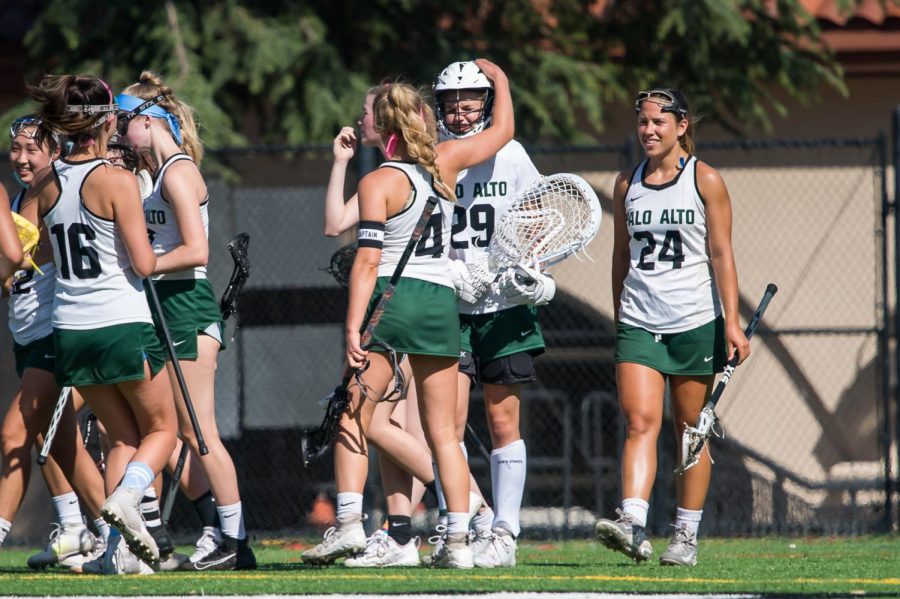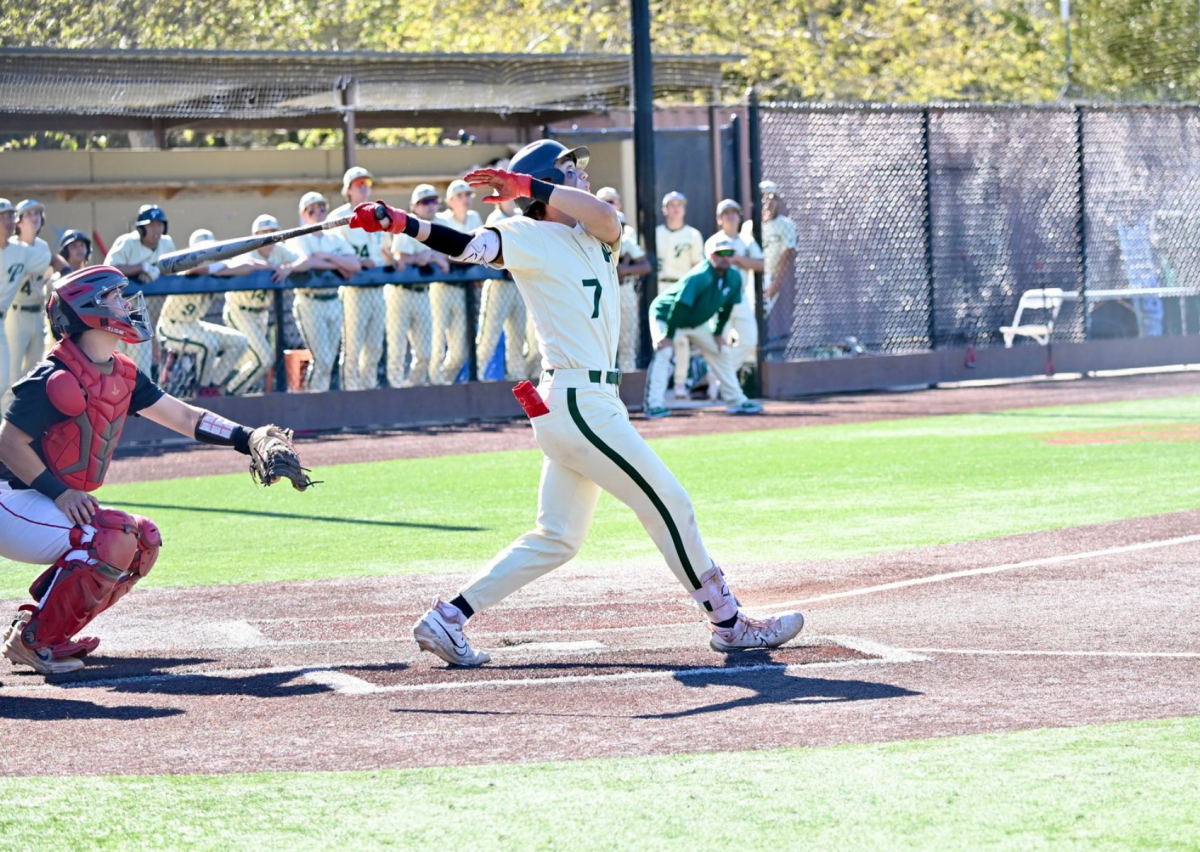Breaking Barriers
Most teams at Paly are often comprised of a single ethnic background. This causes many minority athletes to feel a sense of exclusion. How do these athletes break through an underlying barrier of underrepresentation in order to play to their potential?
December 3, 2018
On the first day of lacrosse tryouts, Dylan Duncan (‘20) looks around curiously, his eyes scan the field in an attempt to get a feel of the team. He mentally notes the size, skill, and appearance of his future teammates. It is his first year playing this sport, a sport that he is unfamiliar with, a sport that is statistically dominated by Caucasian males and females, a sport where he is the lone African American on the Paly team. Although the day marks Duncan’s inaugural season, it also displays the lack of diversity in certain sports.
Demographically, lacrosse is largely made up of Caucasian men and women. According to the Washington Post in 2016, 85.9% of men’s and women’s college lacrosse players were Caucasian across the Division I, II and III levels.
In the 2018 season, 18 out of the 20 (90%) Paly players on the team were Caucasian, compared to the school’s Caucasian population of 49%. This lack of participation by other races in lacrosse has created a dominating white presence on the team.
This underrepresentation in sports not only occurs at a school in a small city like Palo Alto; it also happens in many professional sports across America.
According to a 2018 study by Quartz, 70% of NFL athletes are African American, 27% are Caucasian, and 3% are other races. The National Basketball Association has a little more variety but is still vastly similar; 75% of NBA players are African American, 19% are Caucasian, and the other 6% is made up of other races.
Underrepresentation of certain races in sports could be explained by cultural and traditional differences between different areas around the world.
For example badminton, which originated in South Asia, has been dominated by players from China, India, Korea, and other countries in that region. Badminton is more of a tradition in areas of Asia than in South America, where a sport like soccer would control the region.
As a minority on the roster, Duncan might not have been playing lacrosse for Paly if his friends didn’t convince him.
“I was introduced to lax my freshman year by some friends but didn’t start playing until my sophomore year,” Duncan said. “It looked like a really fun sport and I had a lot of friends playing so I figured I’d try it.”
When Duncan first began practicing with the team, he felt like an outlier, but soon adapted to his coaches and teammates.
“It was a little odd and I was nervous because I didn’t know if I would be accepted. But growing up and going to schools with little to no black people, you get used to it.” Duncan said.
After the first few games, Duncan was able to reap the benefits from the new sport that he picked up.
“I was excited. It was awesome to play a new sport,” Duncan said. “It was funny to see all the surprised looks on opponents’ faces when I step on the field.”
During this past summer in Oregon, Duncan witnessed a memorable moment when his opponents noticed that he was African American.
“I had taken off my helmet on the sideline and some kids on the other team looked at me like they just saw a ghost,” he said. “It was hilarious.”
Like Duncan, other athletes experience this same phenomenon, but in many different sports.
Ethan Geller (‘19) has been playing hockey since he was young. But unlike sports such as soccer or basketball, which require a ball and proper footwear, hockey equipment can cost hundreds of dollars. Hockey’s expense and historic ties to regions of Canada have continuously attracted similar players that share one main thing: their race.
Hockey has been historically comprised of Caucasian players and Caucasian fans. According to a 2013 Nielsen report, 92% of athletes in the National Hockey League are Caucasian. Their fans match a similar trend, 92% of them being Caucasian. It was not until 1958 when Willie O’Ree stepped on the ice as the first African-American hockey player. Since that historic moment in the NHL, only 90 players of African-American descent and 6 of latin origins have ever played in the NHL.
In recent years the NHL has launched the “Hockey Is For Everyone” campaign. The purpose of the campaign is to strive to make hockey more inclusive.
“We [the NHL] believe all hockey programs – from professionals to youth organizations – should provide a safe, positive and inclusive environment for players and families regardless of race, color, religion, national origin, gender, disability, sexual orientation, and socio-economic status.” According to NHL.com.
The movement has created a lot of talk in the hockey community and has trickled down into many local teams and communities. Recently Paly created a club hockey team that includes athletes from Paly and surrounding schools. Geller, who is of Guatemalan descent, has played on various competitive hockey teams over his youth career.
During these experiences, he has been widely accepted by his teams but has experienced racist remarks when playing teams in other areas across California.
“Most of the teams that were chirping that were pretty racist were from Fresno, Santa Rosa, in the middle of nowhere, where they don’t really have other cultures there,” Geller said. “They would call me a monkey, it was pretty bad.”
When a player enters a sport that is not culturally or racially diverse, it can push people away. For athletes such as Geller and Duncan, the idea that a sport is for one particular race has never come across their minds. Although there may be barriers to entry such as money or geographic region, athletes around the world are ignoring these barriers and taking their first steps onto a new field.



